Breakthrough on Ceramic-to-Metal Brazing Technology: Improving the performance of Night Vision Image Intensifier Tube
Metallized ceramic rings play a crucial role in image intensifier tubes used in night vision devices. Traditional image intensifier tubes typically utilize ordinary glass or a single metal component, resulting in drawbacks such as fragility, poor sealing, and insufficient thermal stability. Innovacera’s recently launched metallized ceramic rings for image intensifier tubes has solved these issues through ceramic-to-metal brazing technology.
The metallized ceramic rings in image intensifier tubes generally use high-purity alumina ceramics as substrates, which applied Mo/Mn metallization and nickel plating. Combined ultra-high vacuum compatibility and excellent dielectric strength.
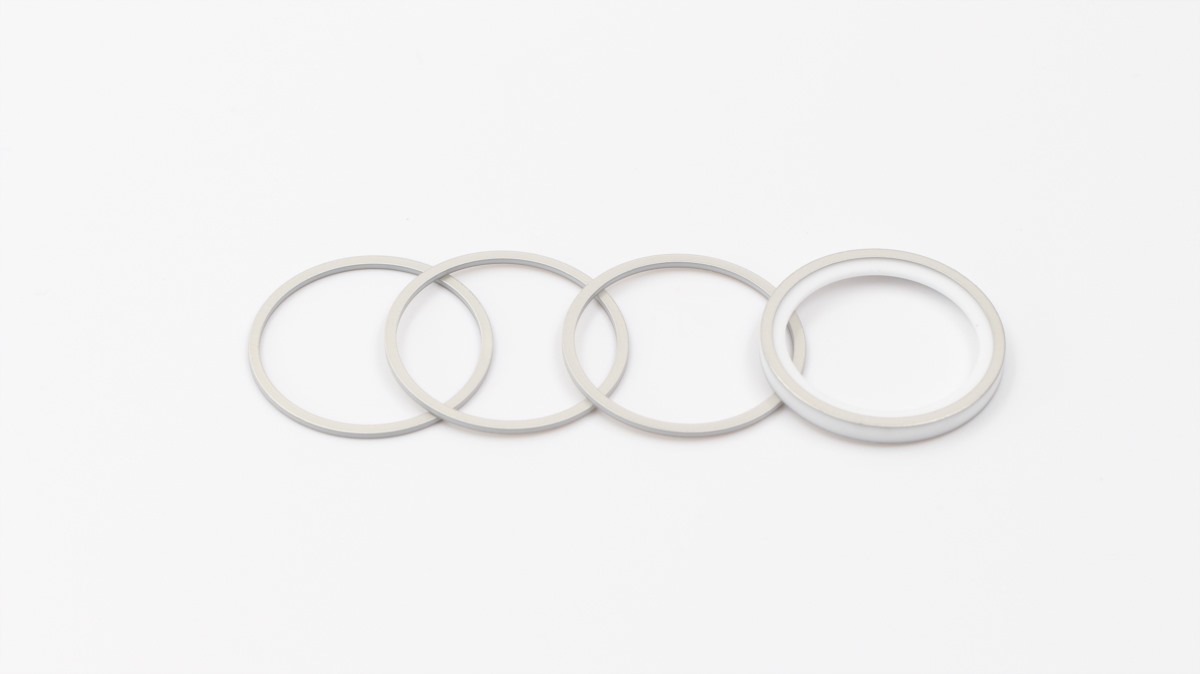
These rings are not only acting as part of the electrode’s conductive path but also as elements for mechanical alignment, vacuum sealing, and structural support, thereby ensuring stable image intensifier operation even under extreme conditions. Typically, four rings are incorporated within an intensifier tube, where they help establishing the cascade electrodes and electric field distribution, while also supporting the photocathode, MCP, and phosphor screen.
Ceramic-to-metal brazing: the art of precision jointing
Although metallized ceramic rings can be bonded to metal through metallization + plating, in many cases, the metallization layer cannot meet the requirements of structural strength, sealing, or thermal expansion. Base on that, Innovacera has expanded its ceramic-metal brazing process capabilities to provide customers with customized brazed parts.
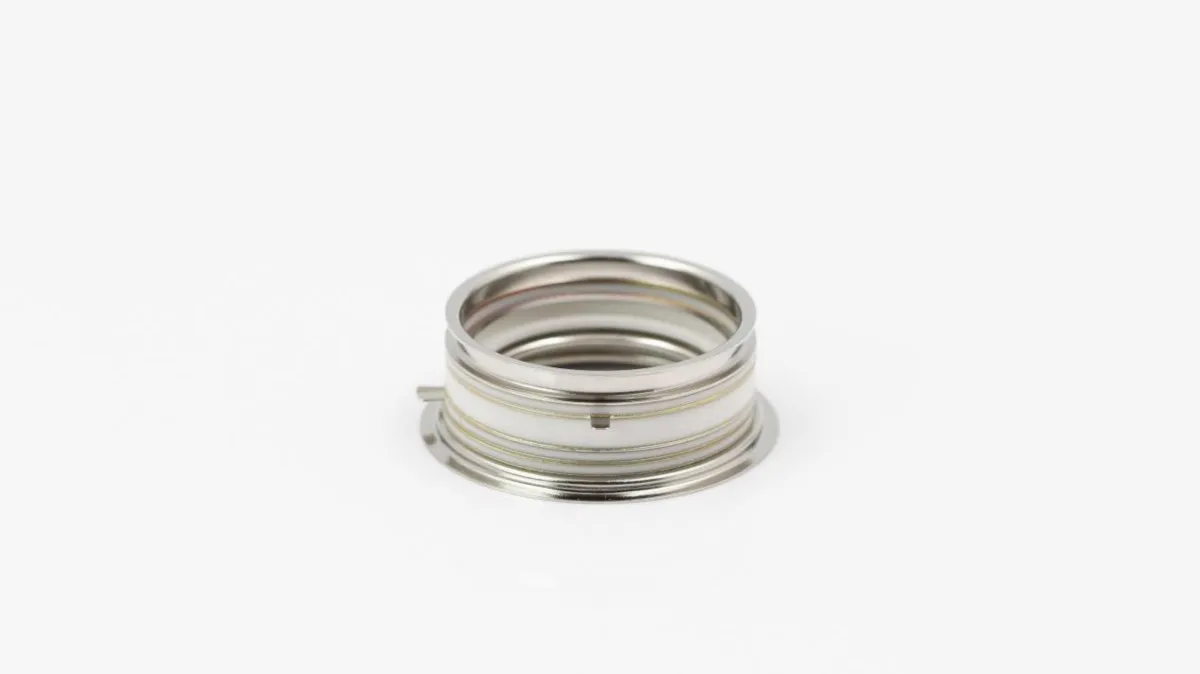
The advantage of the ceramic-metal brazing process lies in its ability to create composite structures which are difficult to fabricate with traditional materials, further meeting the demanding performance, reliability, and durability requirements of high-end, sophisticated equipment such as night vision devices. The brazed metallized ceramic rings not only serve as electrodes and support components in image intensifier tubes, but also, through their excellent vacuum sealing, prevent contamination of the interior tube from external gases, ensuring clear and stable image quality.
In addition, this technology is also widely used in head-mounted night vision equipment, spectrometers, medical imaging devices, and surveillance cameras.
Along with years of experiences in metallized ceramics, Innovacera not only offers standard metallized solutions but also possesses comprehensive capabilities for customized ceramic-metal brazing components. For more information, please contact sales@innovacera.com.

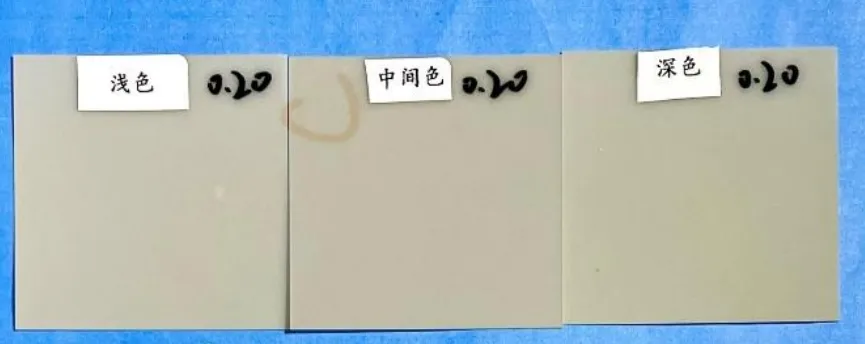
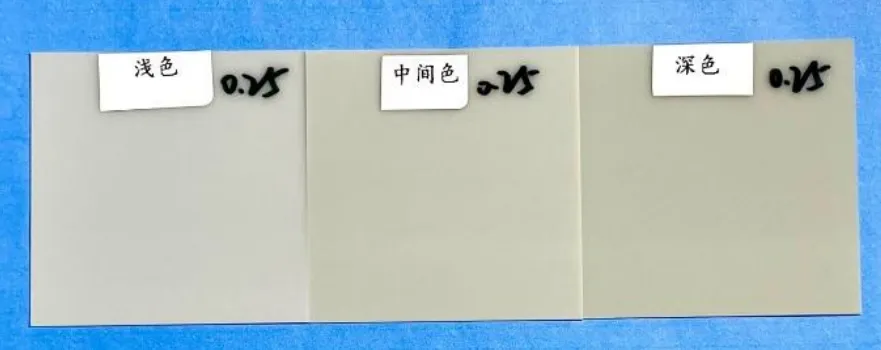
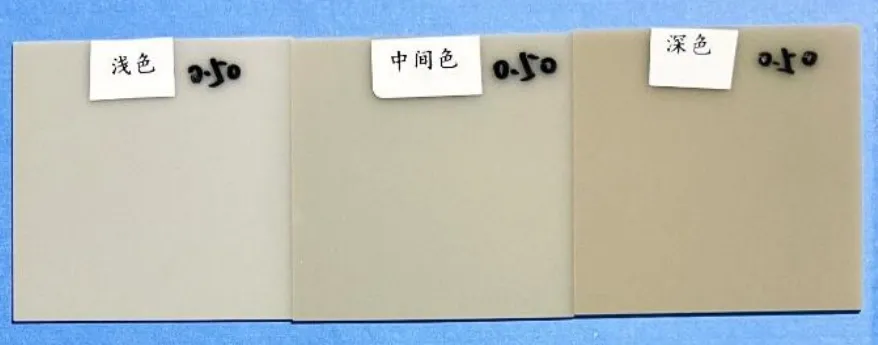
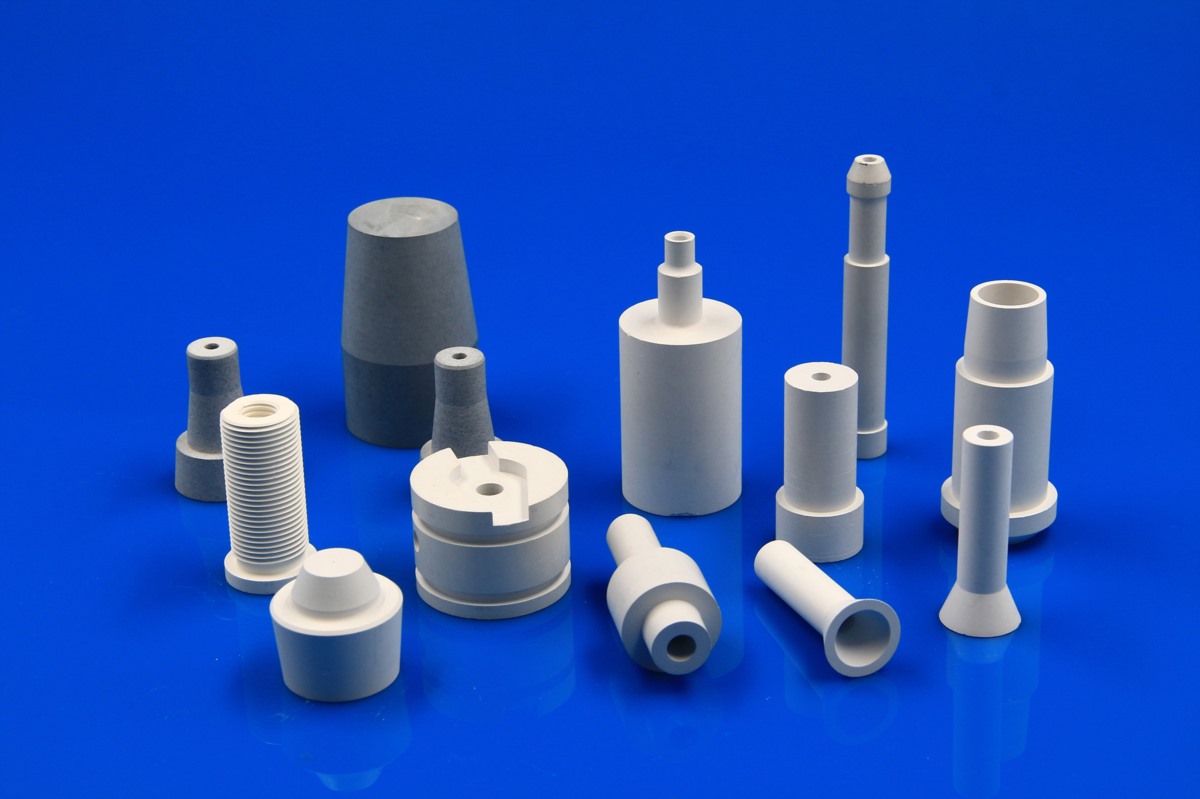
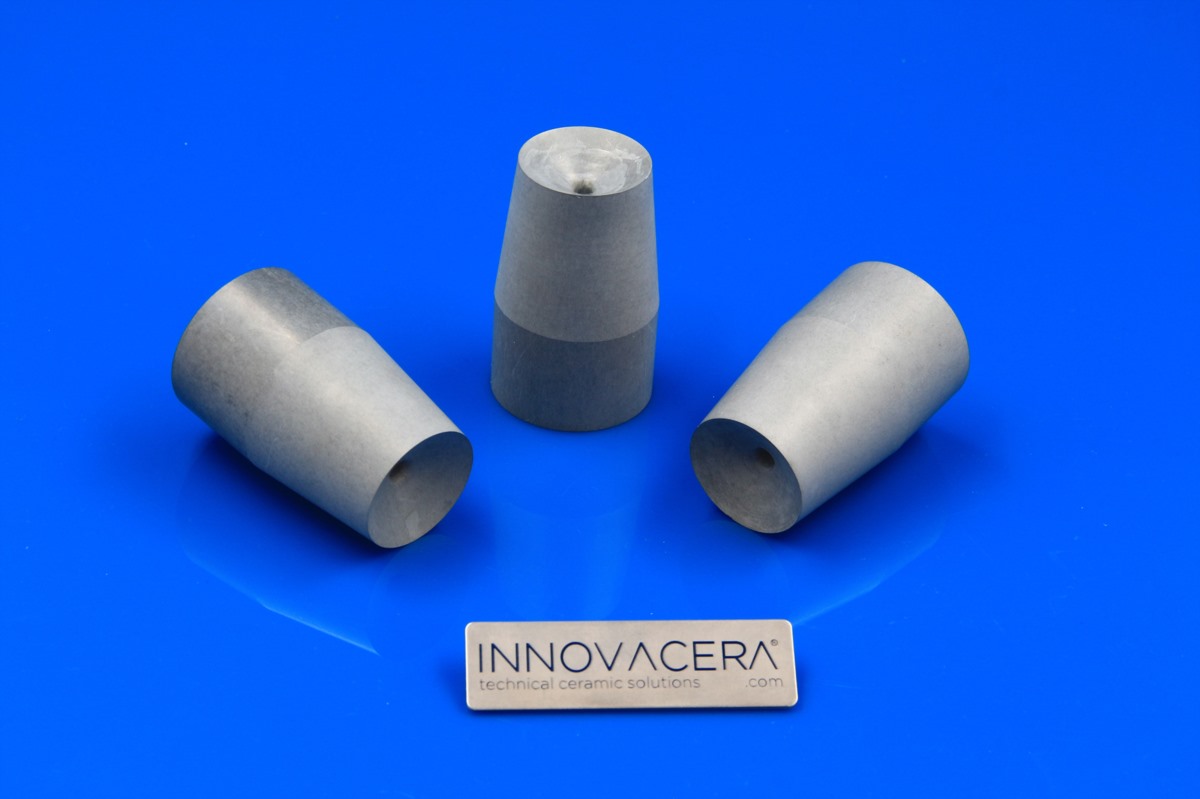
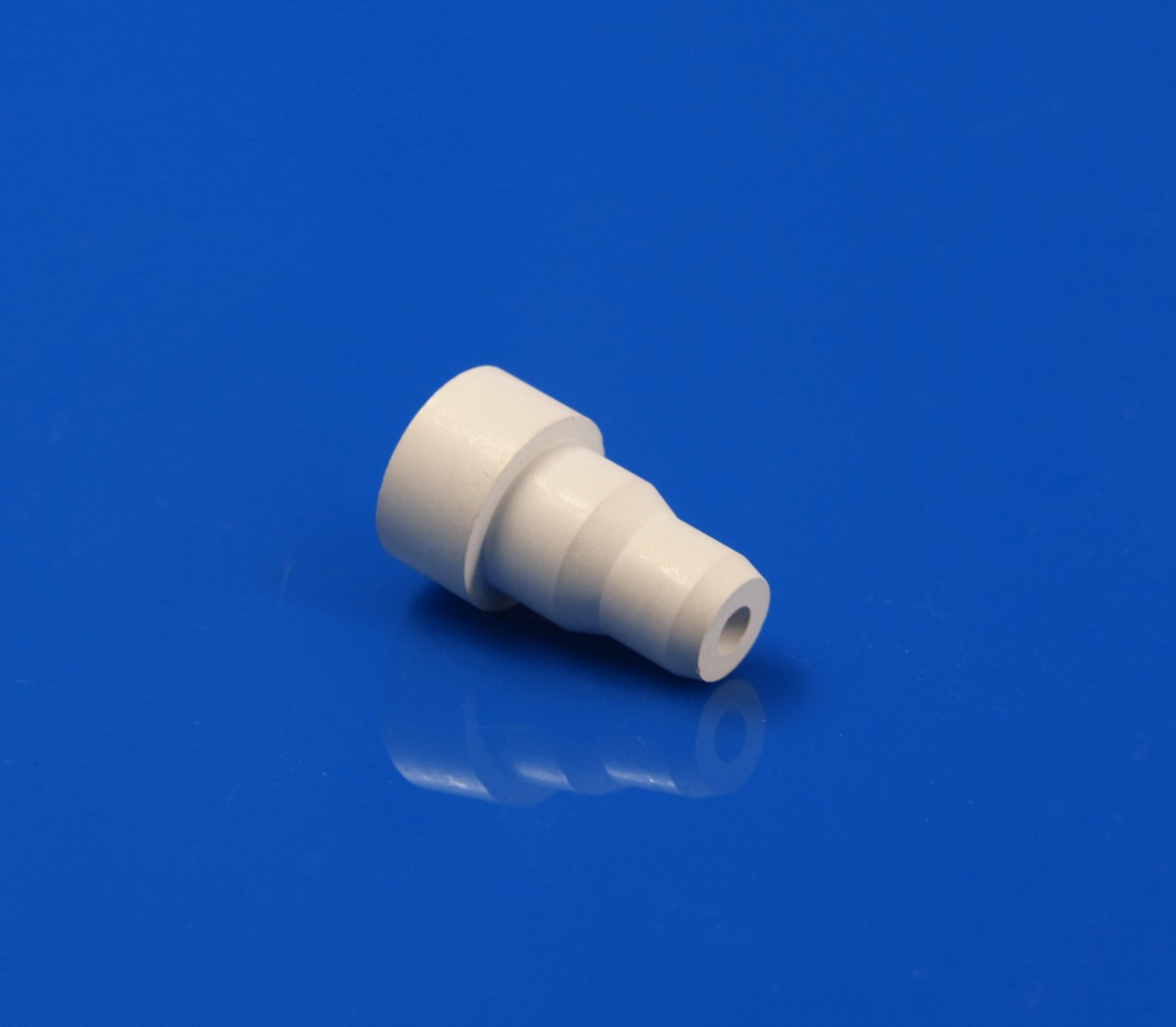
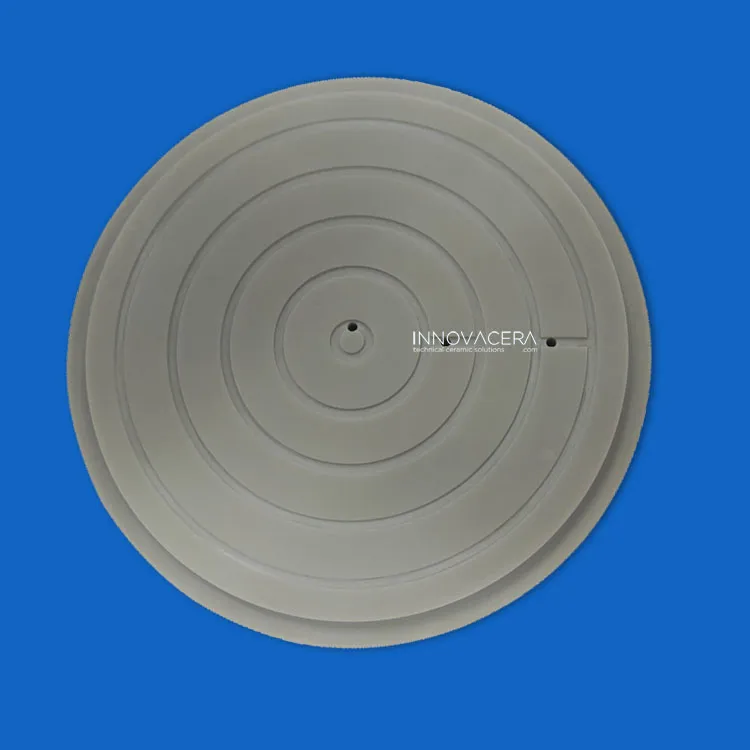
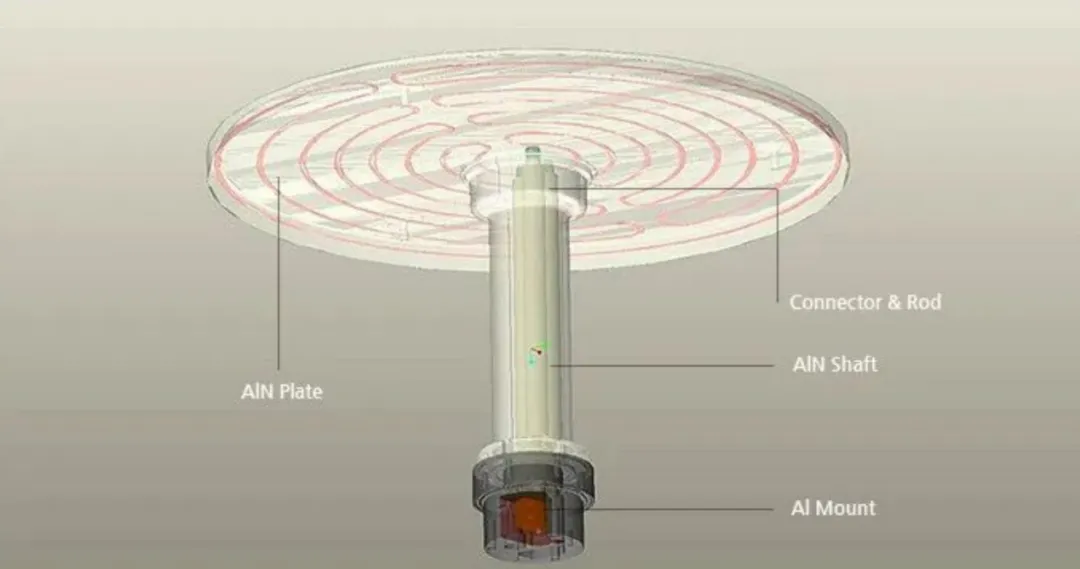
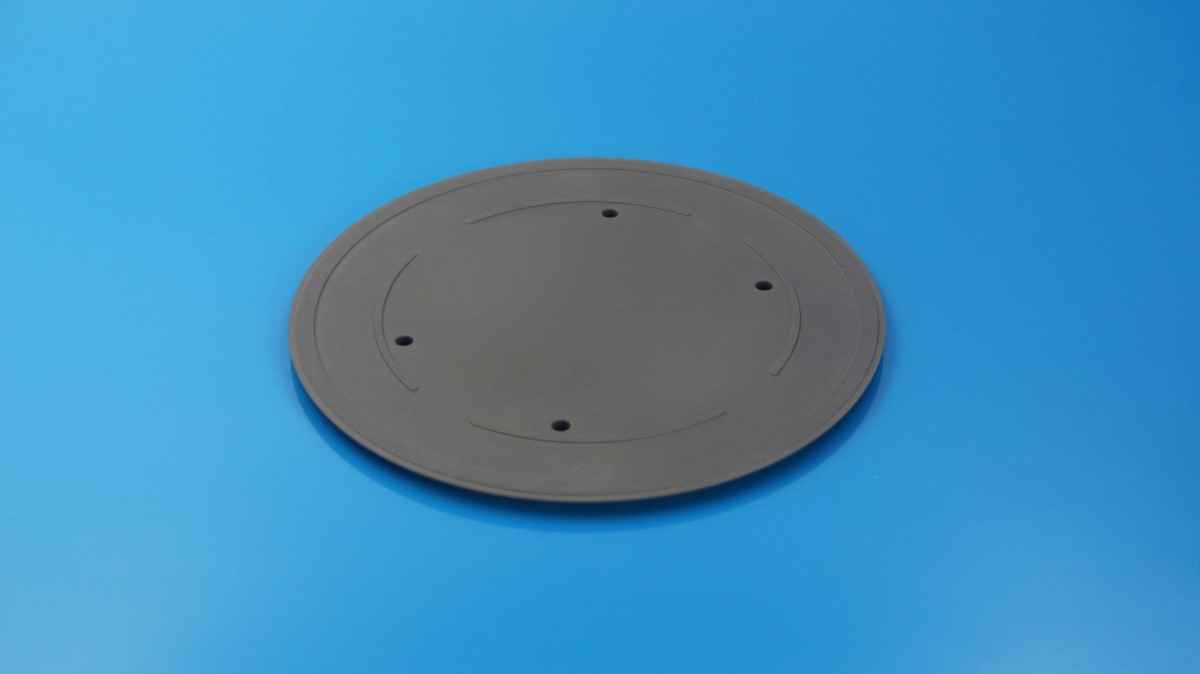
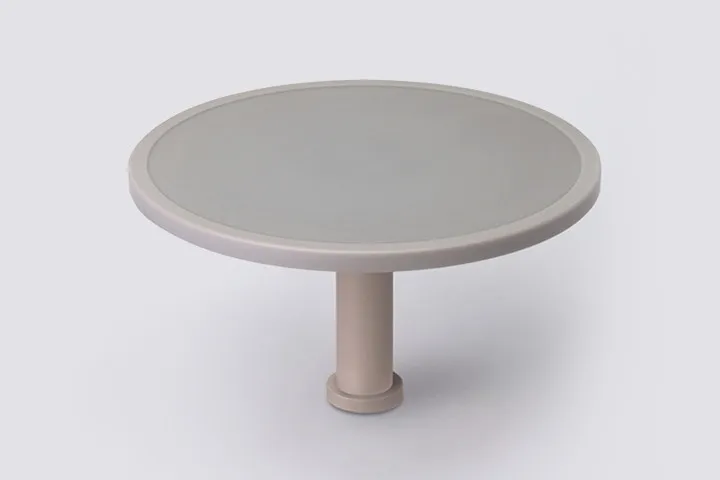
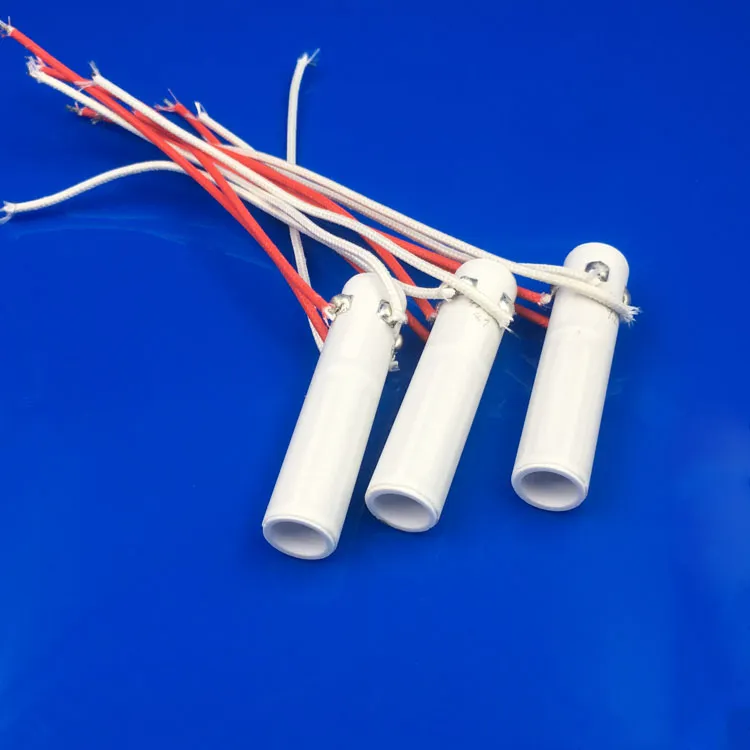
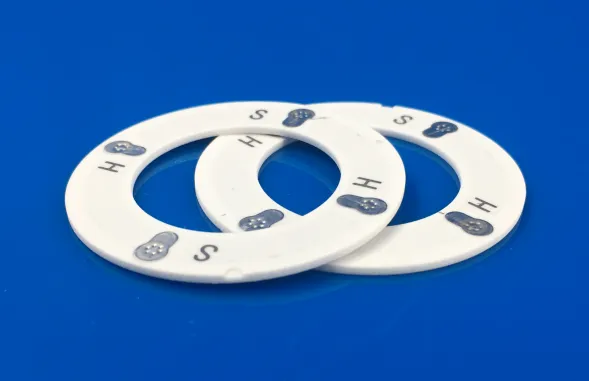

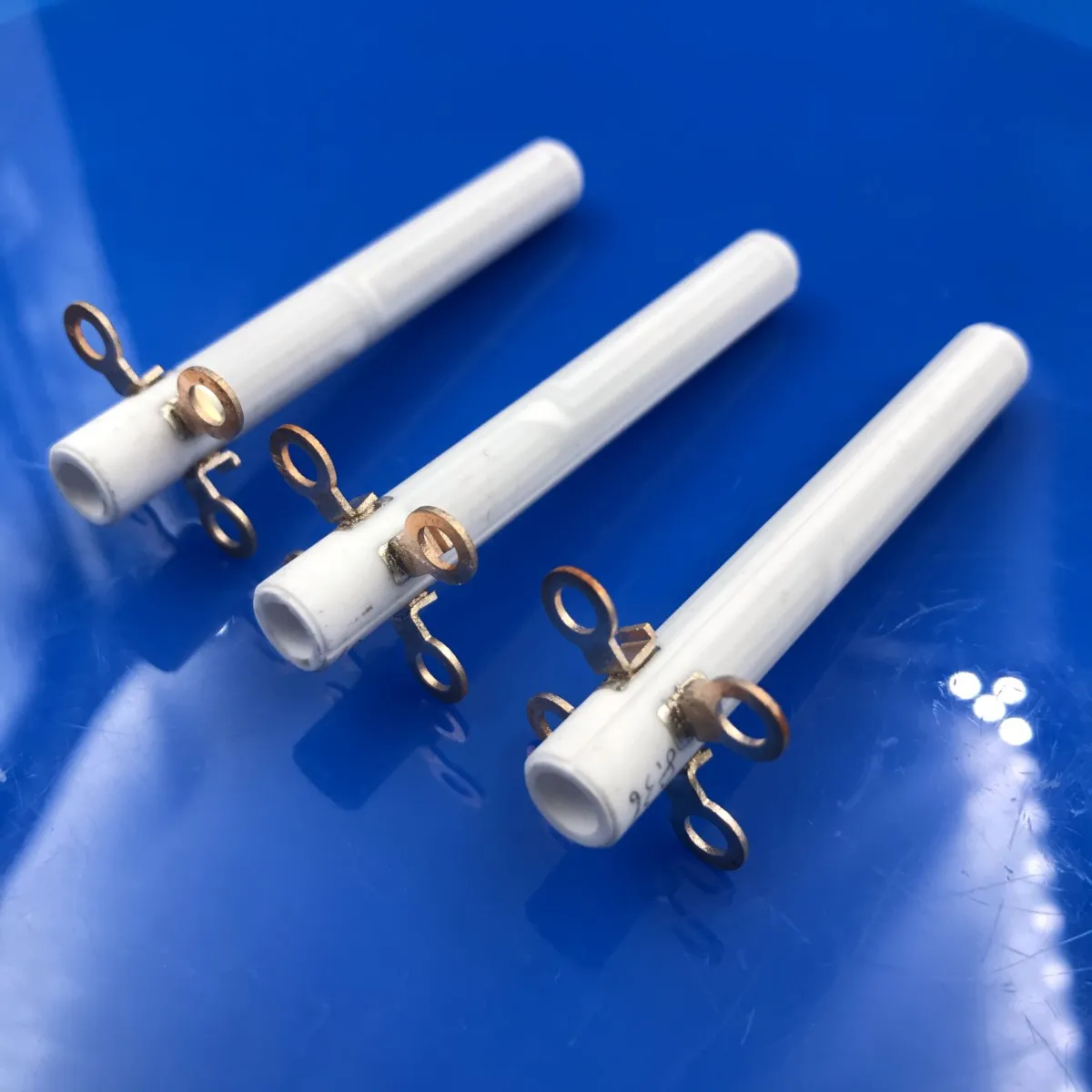
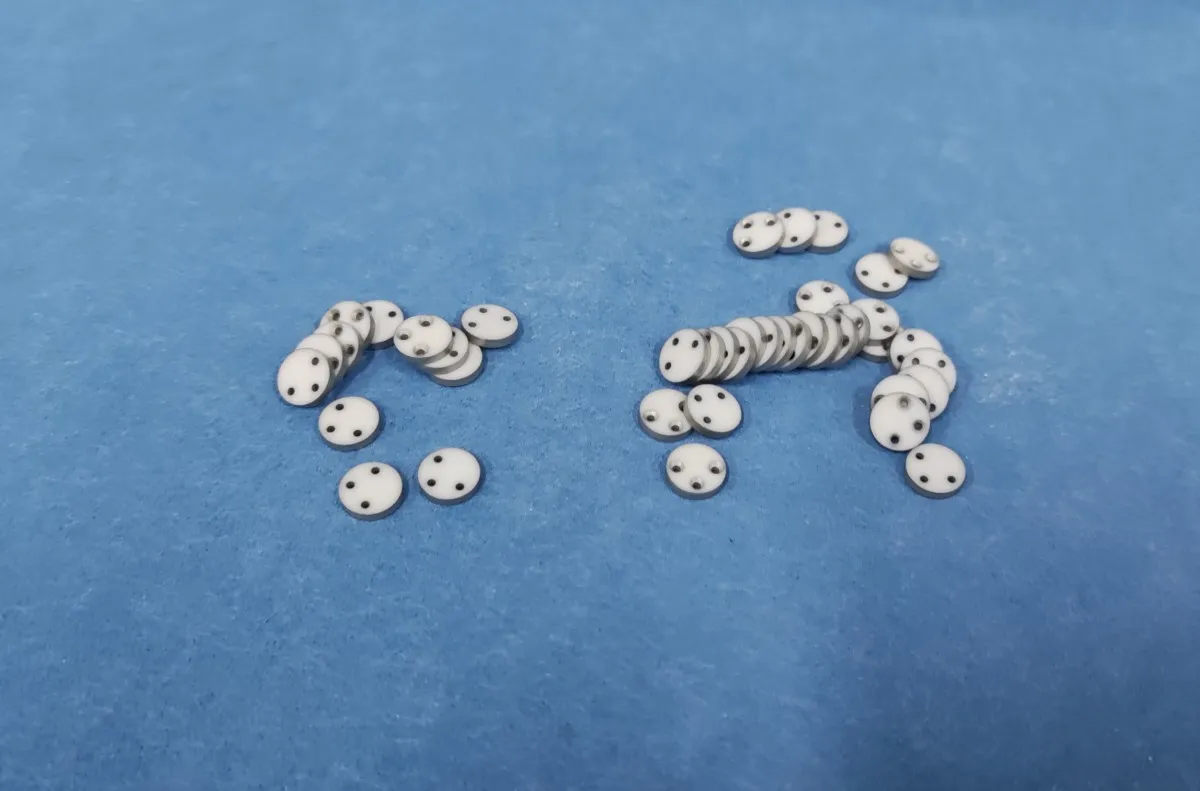
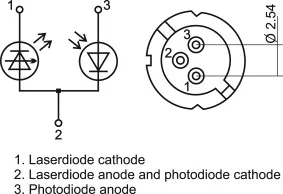
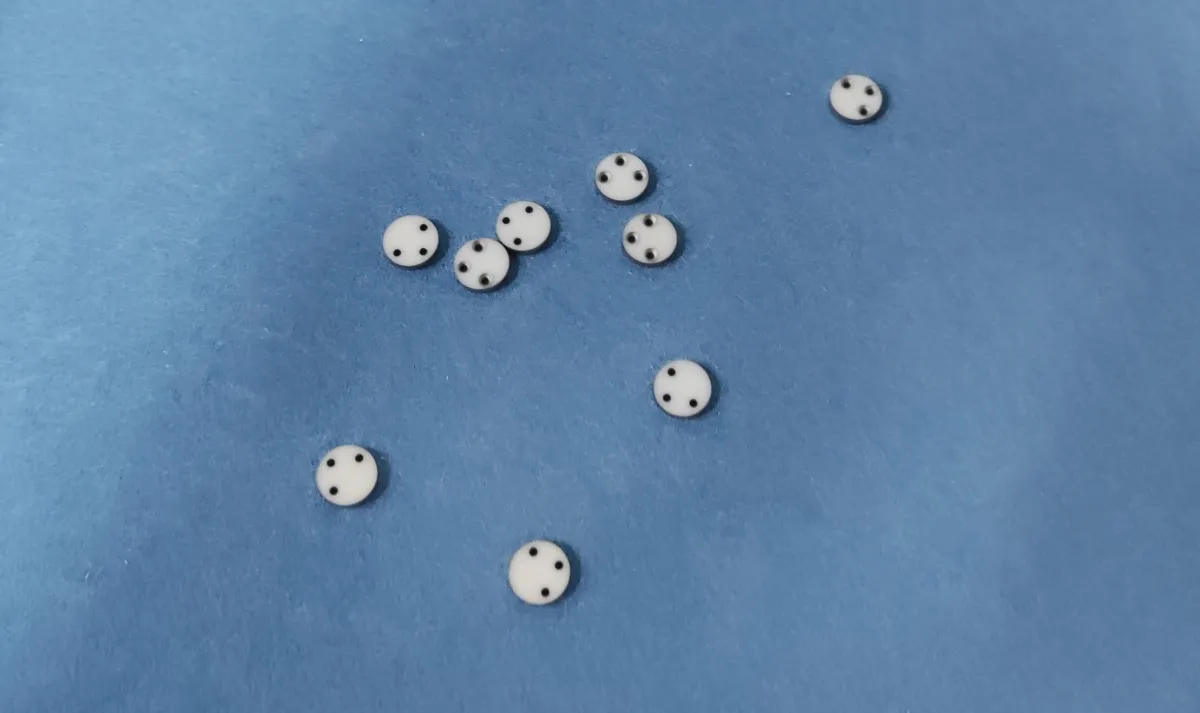
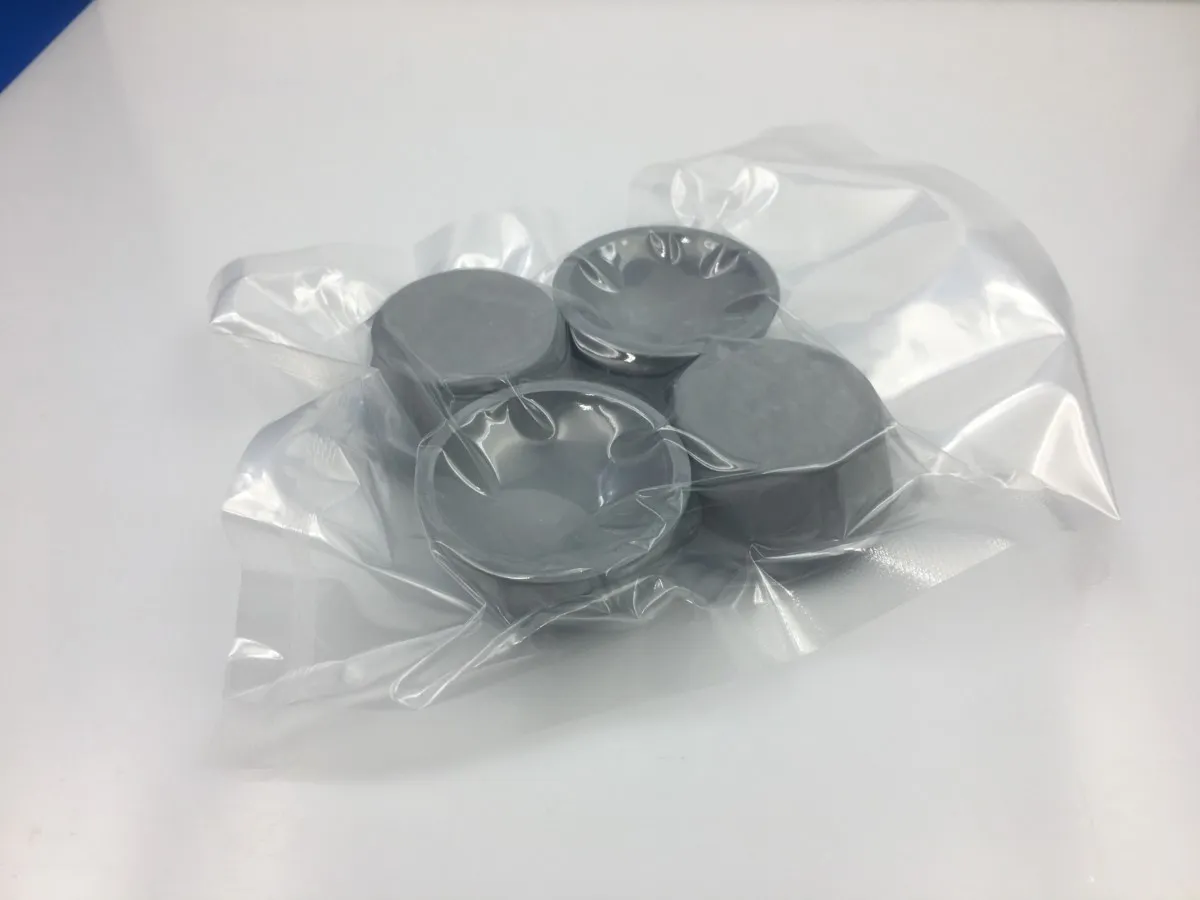
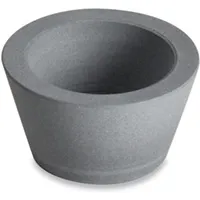
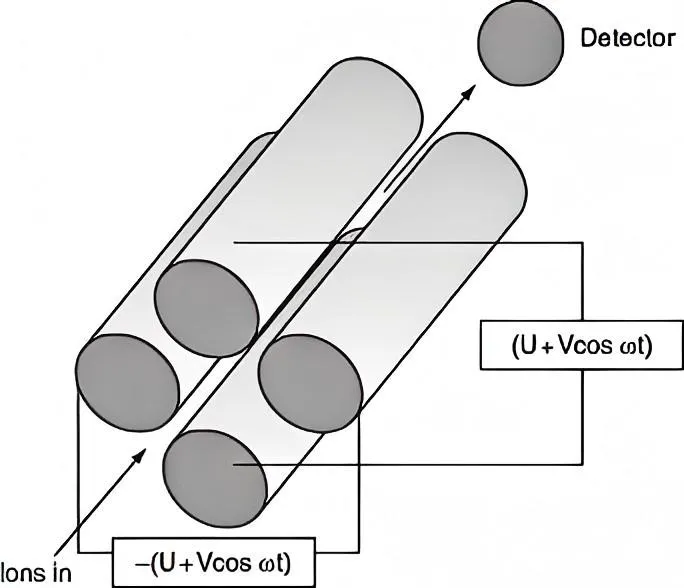

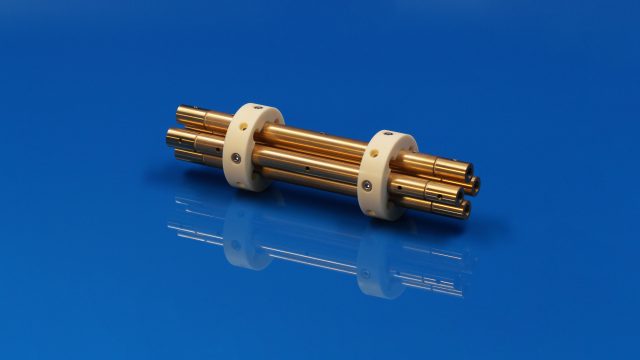







 Enquiry
Enquiry